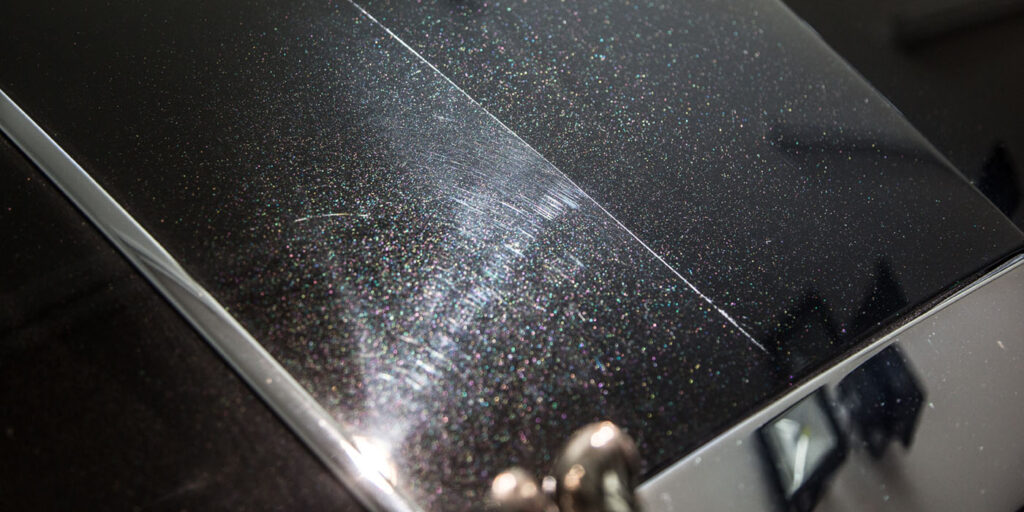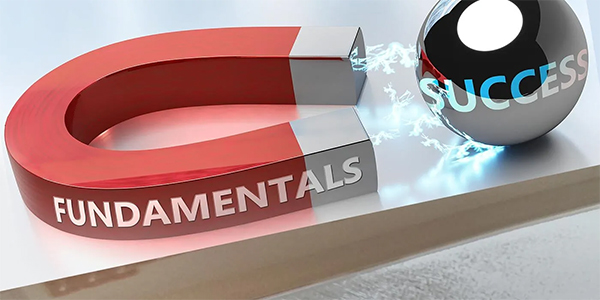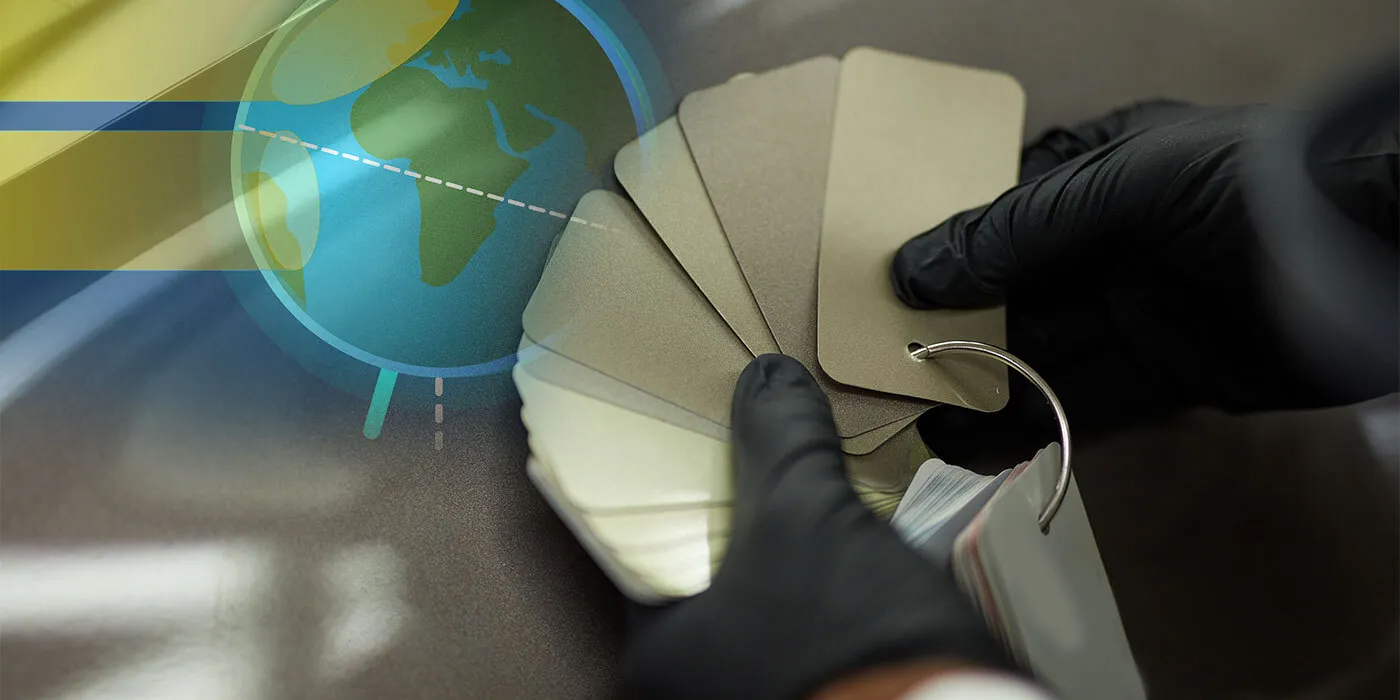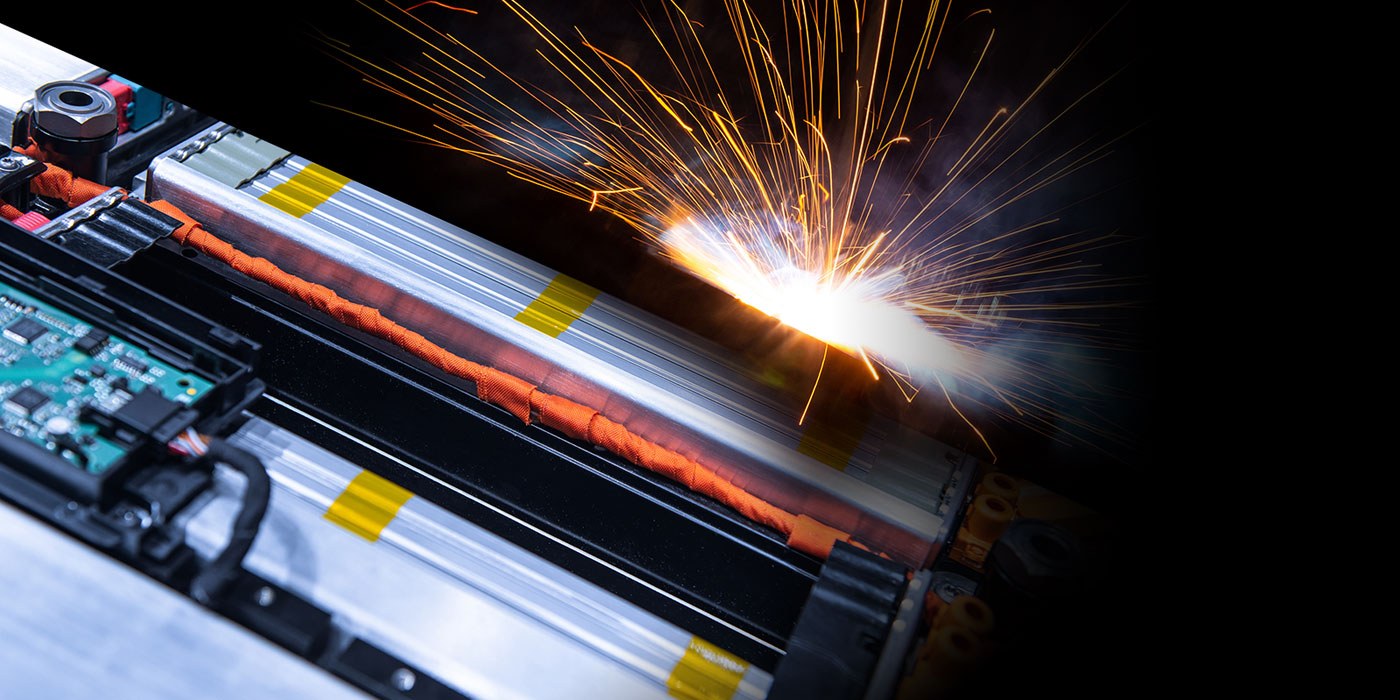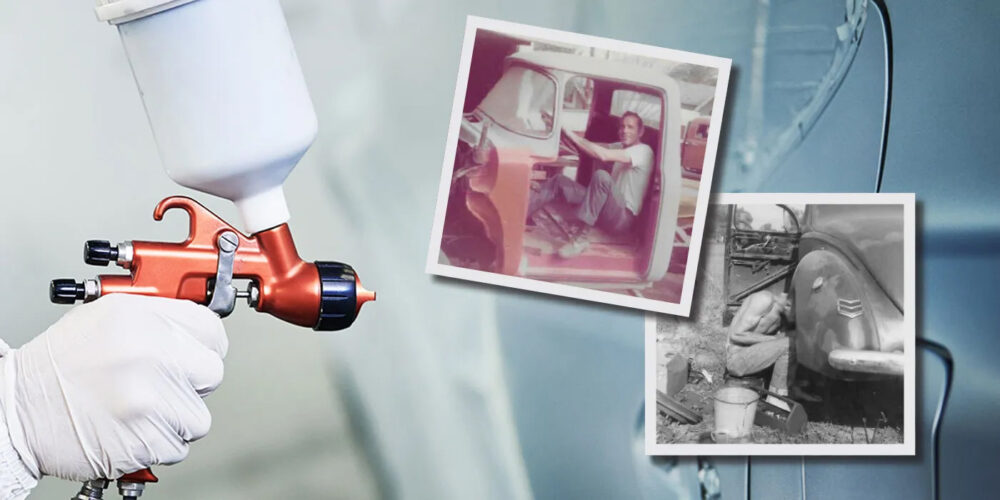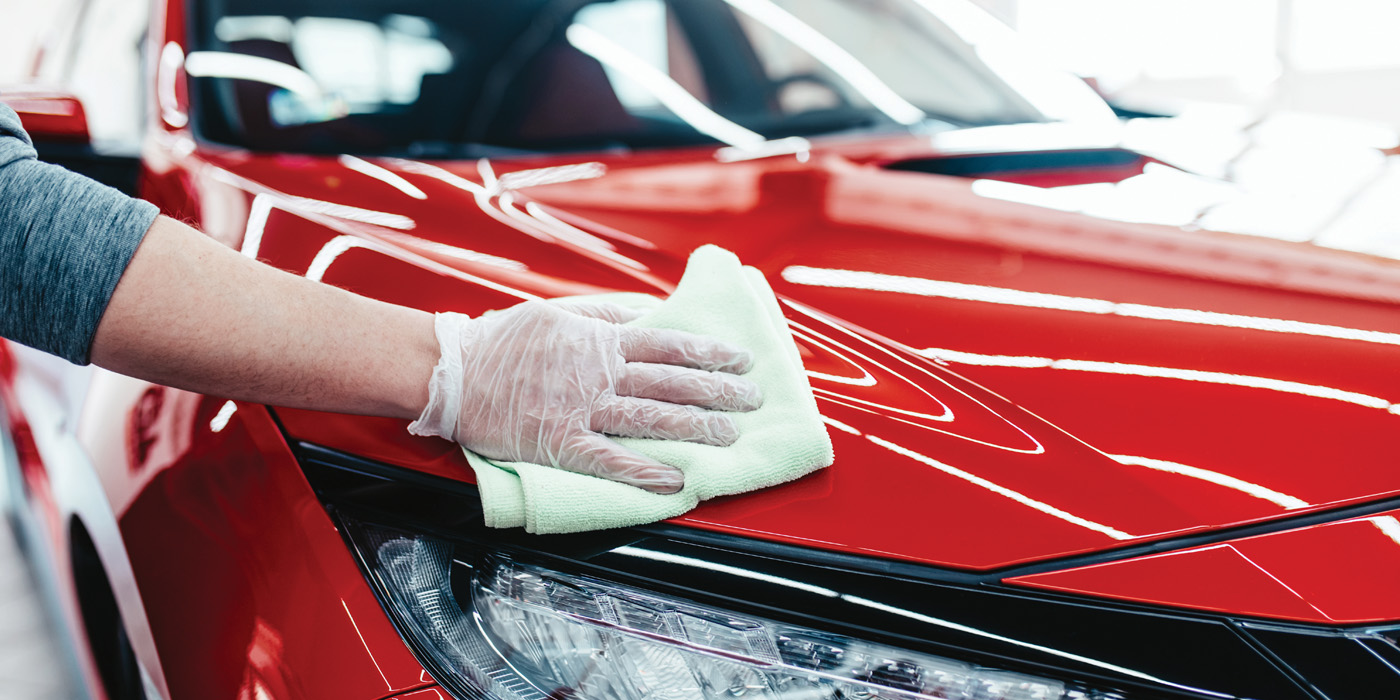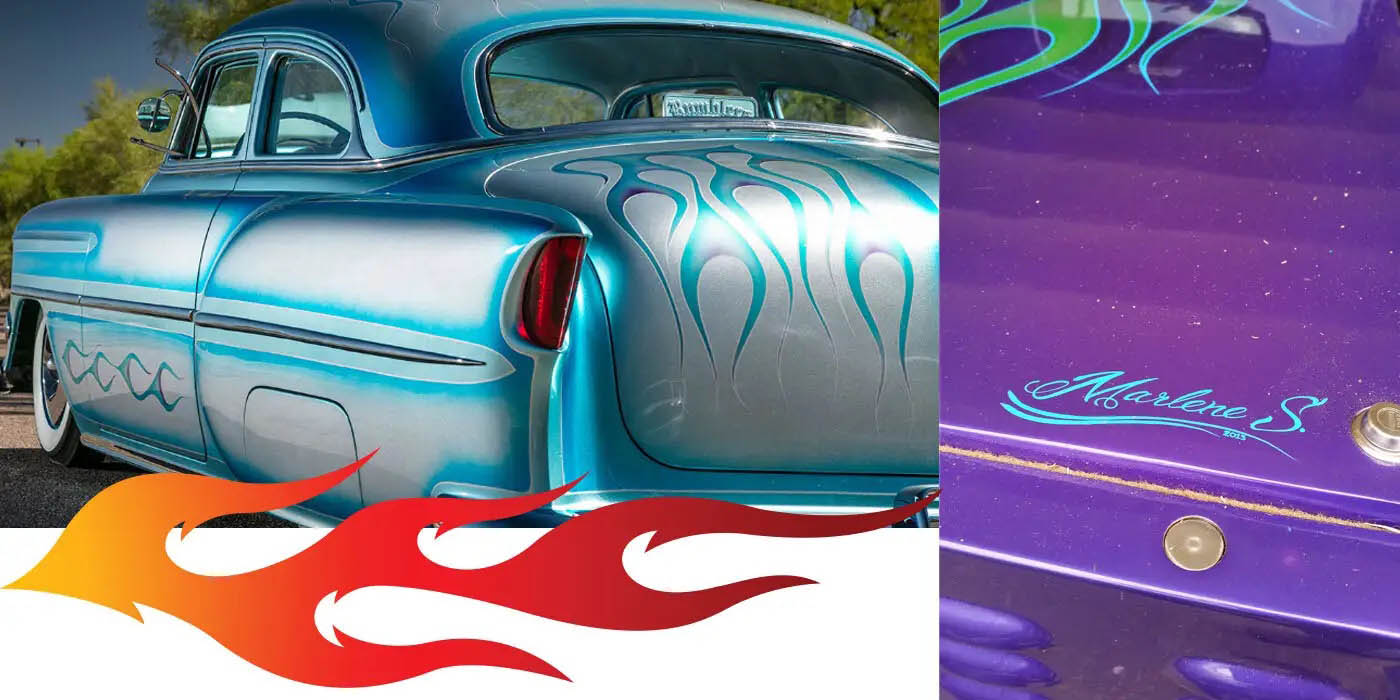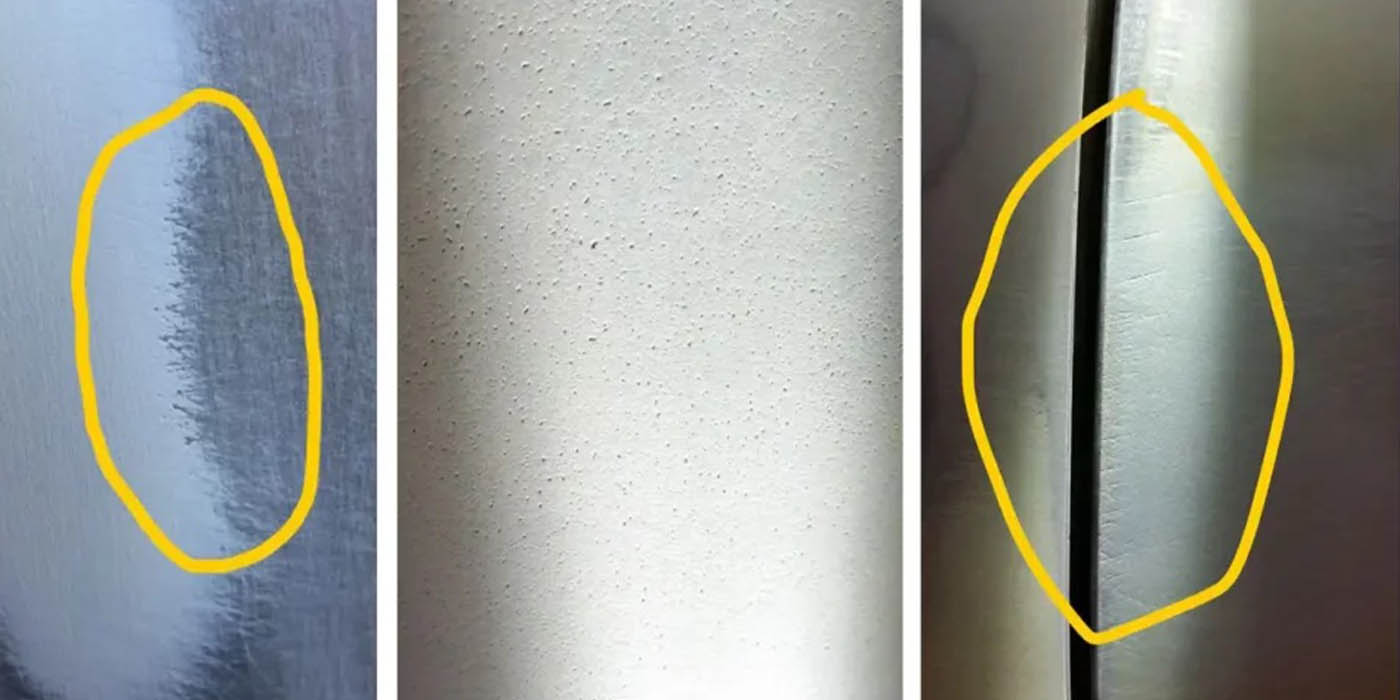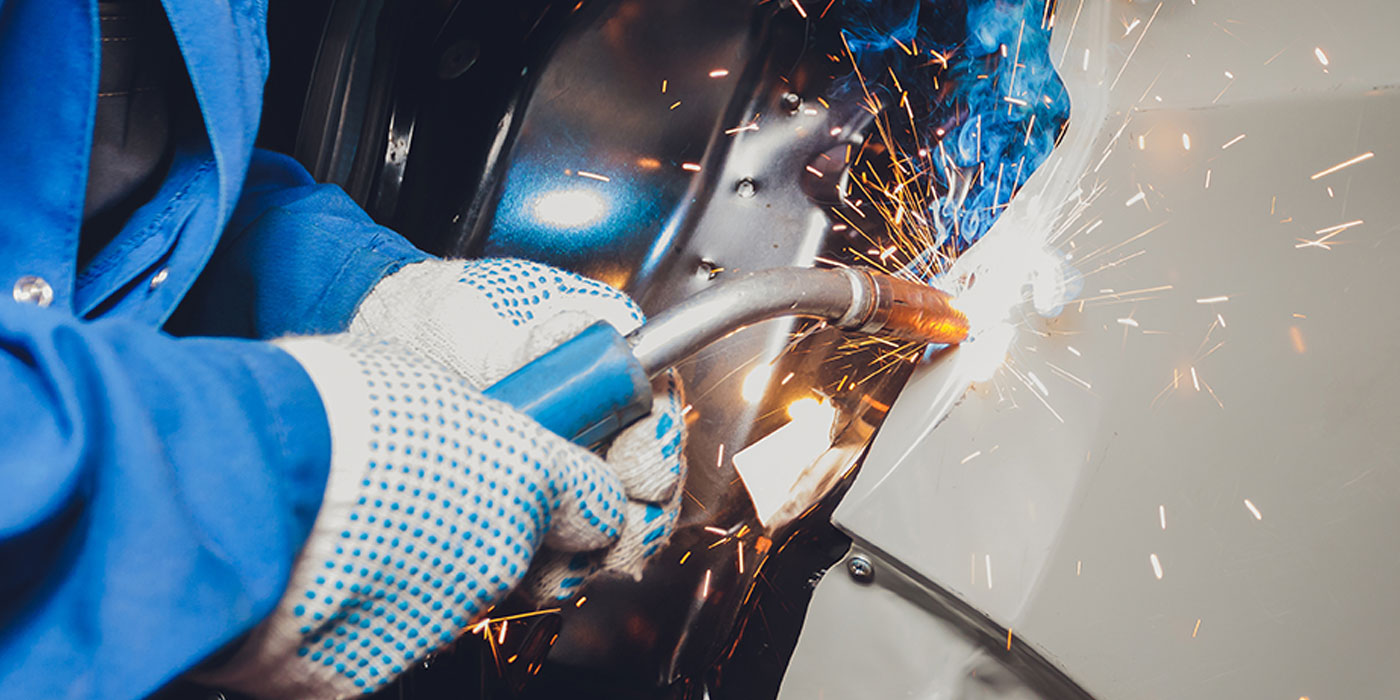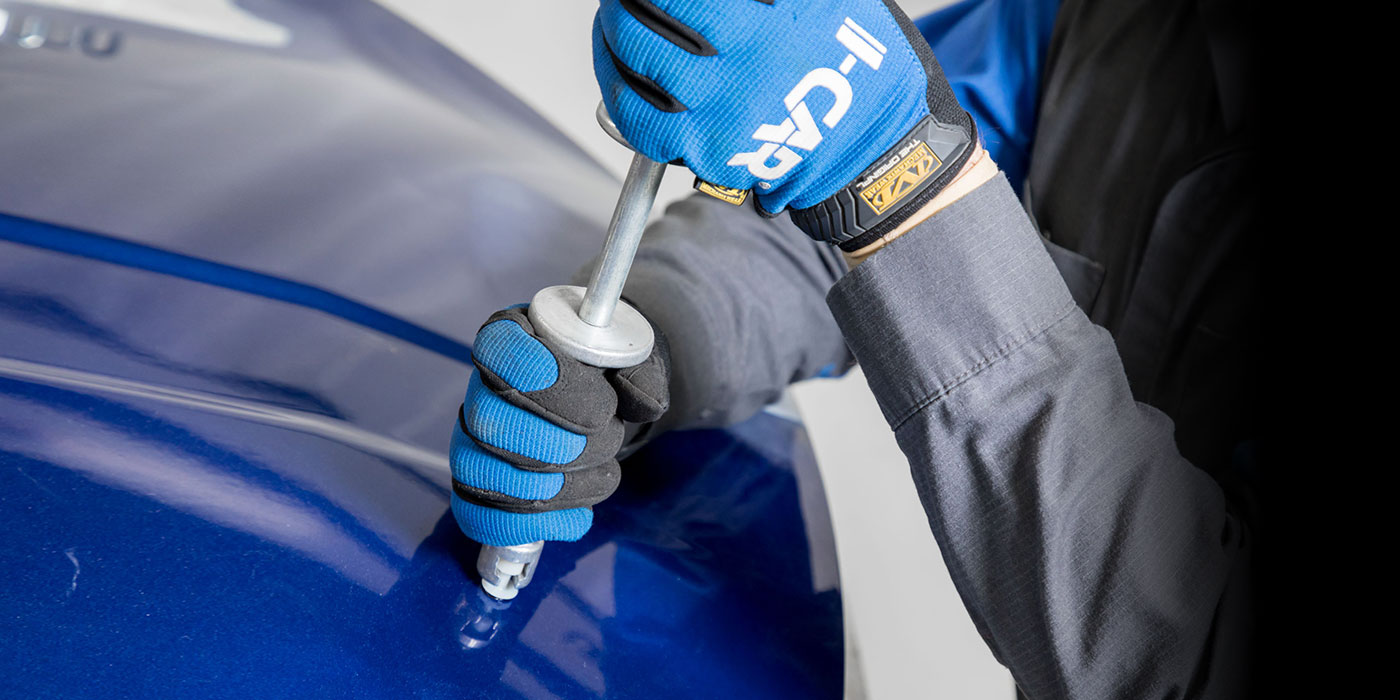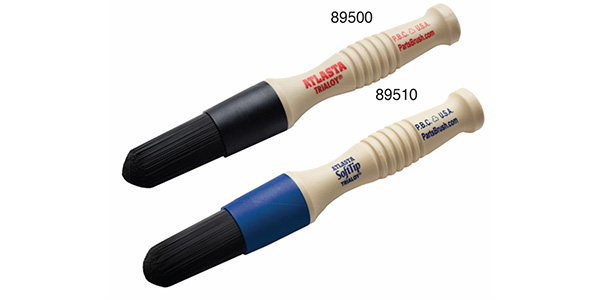Based on my experience as a carwash operator of over 17 years running three flex-serve automatic carwashes with detail centers and hand washing cars, I think operators need to understand swirls in order to educate customers and know what to look for. This article reveals the truth of where swirls come from and the risks posed by different wash methods.
Where swirls come from
All cars have micro scratches and swirls. Swirls start to form in the manufacturer factory and over time get worse from the dealership to every mile driven and season parked outside. We call them swirls because they look like a circular pattern of scratches that become noticeable under the sun. They are not, in fact, swirls but random scratches that are different in size, shape and direction that cover all cars; the random scratches reflect in a circular pattern because the light source (the sun) is circular. As your eye moves over the paint, the swirl will move with the light and always appear circular.
Swirls on some cars, like black ones, become very noticeable, while silver and pearl paint hides swirls better. Different brands also have soft paint and become more prone to swirls at a faster rate.
Because of the appearance of a circular pattern of scratches, some people blame automatic carwashes, because the brushes spin in a circular motion. While an automatic carwash can get the blame, the cause of the scratches comes from in between carwashes while the car is in the process of getting dirty. Only after a car is clean do the swirls become more noticeable and a customer can falsely blame the carwash.
Automatic carwashes do not cause swirls. Swirls are random in size and direction. If an automatic carwash caused swirls (even a little over time), it would be a mechanically consistent pattern over every customer’s car at any particular carwash. While there is a history of old carwash equipment using abrasive cloth that marred paint, modern carwashes use a neoprene closed cell foam that feels like a light yoga mat and does not leave marks. The spinning neoprene is constantly sprayed with high-pressure water, and even if a muddy SUV comes through, the mud and dirt are instantly washed off the brushes and down the equipment to the pit and clarifier.
Related: The best of brushes, the worst of brushes
Equipment must be maintained properly and cleaned regularly in order to effectively clean the car, but dirt, rocks and leaves do not get stuck on the neoprene and will not mar the next car. No matter how many times a car is washed, swirls will not get worse.
If you shine a detailing light onto a brand new black car on the dealership lot, there will be sporadic scratches already forming. Over time, the environment causes random marks to appear all over the paint, and year after year, the marks get denser and the swirls become more obvious.
Look at a dirty car pulling into the carwash and examine the random patterns of how the dirt falls on the paint. The environment is constantly attacking clear coat with dirt, wind, snow, dust, tree droppings, handprints, clothes brushing against the vehicle, UV rays baking dirt into the clear coat and more that mars the surface.
Swirls are not formed at once, but they get progressively worse over time. The best way to slow the swirling is to park in a garage and keep the vehicle washed and waxed. A car in a garage that gets a weekly automatic carwash will have less marring than a similar car parked on the street and exposed to the elements.
The risks from hand washing
Most people never think about or look at swirling, but car people and detailers have an eye for imperfect paint. Detailers are hardworking, meticulous and enterprising people who have a deep passion for cars. Unfortunately, some too can believe that an automatic carwash is a primary source of micro scratches and swirling. Many believe the friction from the equipment combined with washing several dirty cars without cleaning the equipment causes damage to every car that goes through. I’ve heard some detailers call the carwash “slap and scratch” and “swirl city.” As a result, they only wash cars with a hand wash.
However, the truth is that a hand wash is more likely to scratch a car than an automatic carwash is.
A hand wash primarily uses a bucket or two — one with suds and one with fresh water — and a porous wash mitt made from lamb’s cloth or a microfiber mitt. The problem is that when the wash mitt is rubbed on the paint, it absorbs the dirt, which is instantly rubbed on the clear coat. The wash mitt is dipped in the bucket, which gets dirtier as the car is washed. Even when a hand wash is done impeccably, there is a greater risk of making micro scratches than at an automatic carwash.
Drying a car also carries a high risk for towel scratches, which adds to the swirling. An abrasive or dry towel applied with too much elbow grease might take off stubborn dirt, but it will also mark the clear coat. The mass production of microfiber has greatly improved the safety of drying a car and leaves less lint than terry cloth towels, but microfiber requires more care and proper laundry procedures. Even with microfiber, it takes experience to learn the feel of pressure that can be applied without marring the clear coat.
Slowing down swirls
Swirls are inevitable no matter what wash method is used, but to slow down the swirling, it is important to keep the car washed and waxed.
It takes more than a weekly carwash to maintain a car’s clear coat and paint as well as to minimize swirling and marring; keeping the clear coat waxed will keep the paint protected from the elements. Ceramic technology is protecting paint on a new level, and the future is trending toward ceramic coatings.
Once paint has swirls, it can be made better with a paint correction detail, but it will never be perfect, and the swirls will reappear once the wax washes off. Even if a car gets a hand wash and wax every day, swirls will be noticeable in the sun. It’s best to have a weekly carwash; a seasonal hand wax; and a yearly complete exterior detail with clay, buff and wax.
Swirls are a natural part of owning a car, and it’s better to accept these imperfections than go crazy trying to have a perfect car, which is impossible. Although all cars have swirls and imperfections, they form despite an automatic carwash, not because of it.
Greg Paul is the president and co-owner of Valencia Car Wash and Canyon Car Wash as well as the general manager of Fashion Square Car Wash, all of which are located in the Los Angeles metro area. Follow him on TikTok @carwashmanager.
This article appears courtesy of Professional Carwashing and Detailing.

